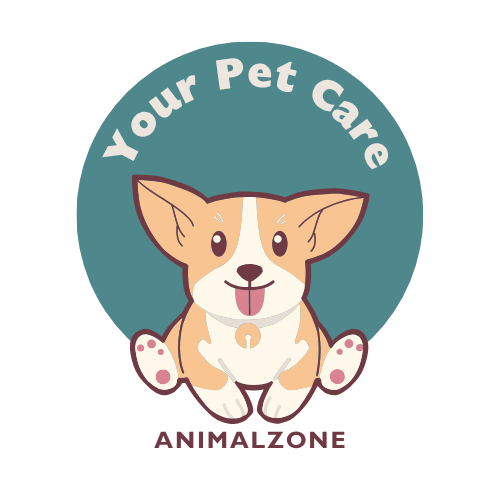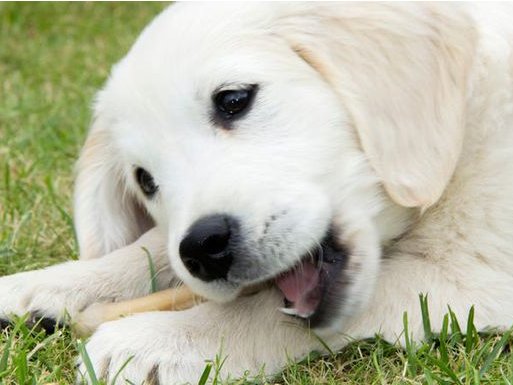Teething is a natural and sometimes uncomfortable phase for puppies. As their baby teeth fall out and adult teeth grow in, puppies often experience gum irritation, excessive chewing, and even mild behavioral changes. Understanding how to support your puppy during this stage can make the experience smoother — for both of you.
In this article, we’ll explain what happens during puppy teething, signs to look for, and practical ways to help your puppy through the process.
What Is the Teething Stage in Puppies?
Puppies are born without teeth. Their baby teeth, also called deciduous teeth, begin to emerge at around 3 weeks of age. By 6 to 8 weeks, most puppies have 28 baby teeth. These are eventually replaced by 42 permanent adult teeth, typically starting around 12 weeks (3 months) and continuing until 6 to 7 months of age.
During this time, puppies chew to relieve the pressure of erupting teeth, and you may notice changes in behavior due to discomfort.
Common Signs Your Puppy Is Teething
-
Excessive chewing or mouthing
-
Red or swollen gums
-
Drooling more than usual
-
Whining or irritability
-
Blood spots on chew toys
-
Loss of baby teeth
-
Decreased interest in hard food
These signs are normal and temporary, but your support can help reduce discomfort and prevent unwanted chewing behaviors..

How to Help Your Teething Puppy
1. Provide safe chew toys
Offer a variety of puppy-safe chew toys made for teething. Look for toys with soft rubber or silicone that gently massage the gums. Chew toys that can be frozen are especially helpful.
2. Use cold or frozen treats
Cold items can soothe sore gums. Try freezing a wet washcloth, a carrot (if safe for your breed), or special teething rings made for dogs. Always supervise your puppy when offering anything new.
3. Avoid hard chews and bones
Adult-dog bones or antlers can damage a teething puppy’s developing teeth. Stick to soft, flexible chews specifically labeled for puppies.
4. Train and redirect chewing behavior
If your puppy starts chewing on furniture or shoes, calmly redirect them to a toy. Consistency is key. Reward good chewing choices with praise or treats.
5. Offer soft food if needed
If your puppy seems hesitant to eat hard kibble, moisten it with warm water to make it easier on sensitive gums.
6. Massage the gums
Gently rubbing your puppy’s gums with a clean finger or soft cloth can offer comfort and strengthen your bond.
7. Keep up with veterinary visits
Your vet can monitor dental development and make sure no baby teeth are retained, which may require removal to avoid misalignment.
When to Be Concerned
Teething can cause mild discomfort, but if your puppy shows severe pain, refuses to eat, or has persistent bad breath or bleeding, consult a veterinarian. Retained teeth, gum infections, or broken adult teeth may need professional care.
Final Thoughts
Helping your puppy during the teething stage is about patience, preparation, and providing the right resources. By offering safe chew toys, soothing relief, and positive redirection, you’re building a strong foundation for healthy behavior and dental hygiene.
This stage is temporary, but your puppy will benefit from the comfort and structure you provide for years to come.
Learn More
For more advice on puppy development and dental care, visit the zoopiahub.com or talk to your local vet.

